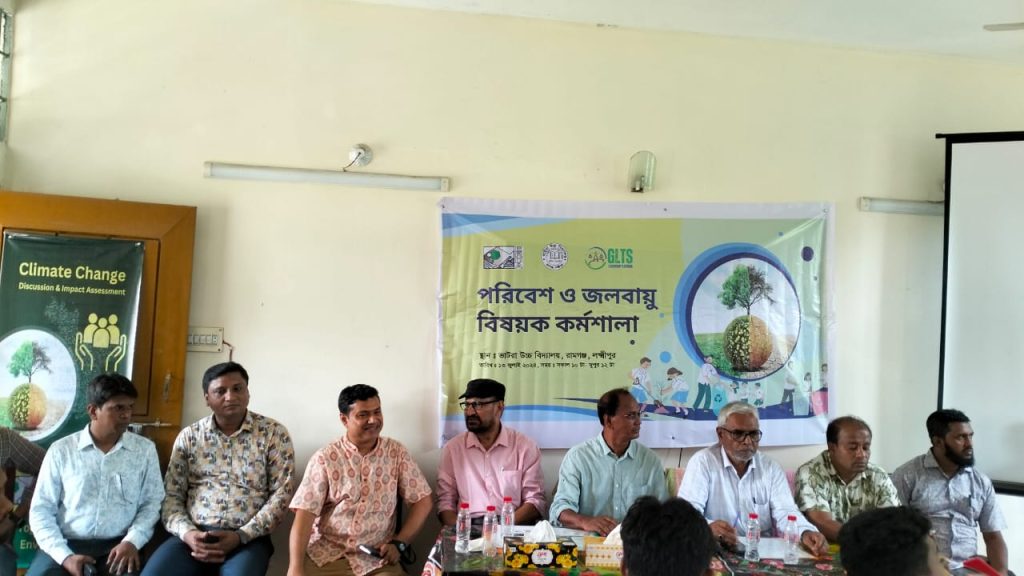Bangladesh and the Challenge of Climate Change

Bangladesh, a low-lying country located at the confluence of several major rivers, is one of the most vulnerable nations in the world to the impacts of climate change. Despite contributing very little to global greenhouse gas emissions, it faces significant environmental challenges due to rising sea levels, extreme weather events, and changing rainfall patterns.
Rising Sea Levels
Bangladesh’s geographic location makes it highly susceptible to rising sea levels. With about 30% of the country lying less than 10 meters above sea level, many coastal areas are at risk of flooding and erosion. Inundation not only threatens the livelihoods of millions who depend on agriculture and fishing but also exacerbates salinity intrusion, making freshwater sources undrinkable and harming crops.
Extreme Weather Events
The country regularly faces severe cyclones, floods, and droughts, all of which are becoming more intense and frequent due to climate change. Cyclones like Sidr (2007) and Aila (2009) caused devastating loss of life and property. These extreme weather events disrupt agriculture, displace communities, and result in significant economic losses.
Impact on Agriculture
Agriculture is a key sector of the Bangladeshi economy, and it is highly dependent on predictable weather patterns. However, climate change has led to unpredictable rainfall, heatwaves, and floods, all of which damage crops. Additionally, salinity from rising sea levels is affecting rice, shrimp farming, and other important agricultural activities.
Vulnerability of Communities
The poorest and most vulnerable populations in Bangladesh, particularly those living in rural and coastal areas, are bearing the brunt of climate change. These communities often have limited resources to adapt to the changing environment, resulting in increased poverty, displacement, and food insecurity.
Efforts and Adaptation
In response to these challenges, Bangladesh has been actively engaging in climate adaptation strategies. The government has developed a National Adaptation Programme of Action (NAPA) to address climate change impacts. Measures include building climate-resilient infrastructure, improving flood protection, and implementing sustainable agricultural practices. International cooperation and funding, such as through the Green Climate Fund, also play an essential role in supporting these efforts.
In conclusion, while Bangladesh faces formidable climate change challenges, the nation’s proactive approach to adaptation and resilience-building offers hope. With global cooperation and continued efforts at the national level, Bangladesh aims to safeguard its future and protect the lives of millions from the adverse effects of climate change.

